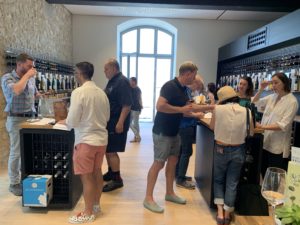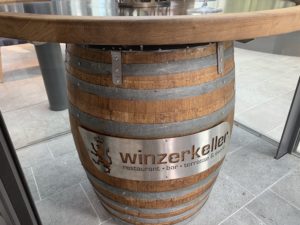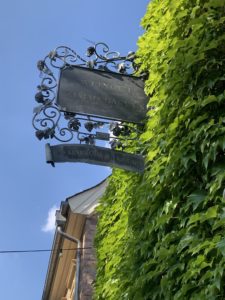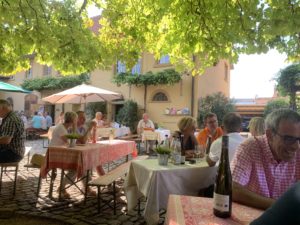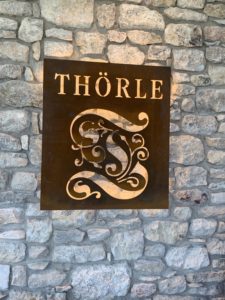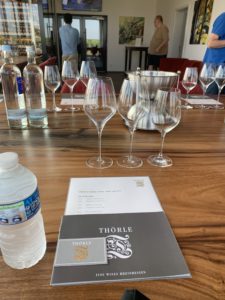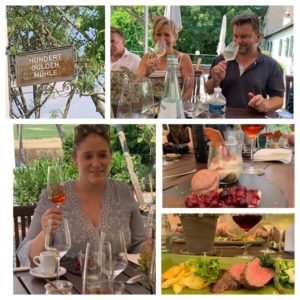Washington will be gaining six additional AVAs to its current fourteen, as part of the state’s fast-growing wine industry.
Doug Marshall, Senior Marketing Manager at Washington State Wine Commission is hopeful that the new AVAs will become a reality over the next six to 12 months. The region reached 1,000 wineries a few months ago, having grown from 200 in 2003.
“The growth has been pretty substantial, and we believe a lot of that growth comes down to quality,” Marshall told Harpers. As an emerging region with only 20 to 30 years of winemaking experience, he added, Washington is now beginning to get into its stride, with a better understanding of its potential sub-regions, climate, and terroir.”
The new proposed AVAs include: The Burn, White Bluffs, Candy Mountain, Goose Gap, and Royal Slope.
“We know more about the region now, so we are understanding where boundaries are, recognizing regions… the new AVAs, and one of reasons we are seeing so many with six in the works, is that we are really honing our region in” states Marshall, and
“As people become more willing to explore and explore something they don’t know, [with] any wine region that is primarily premium, that gives us a leg up because that is our world,” he said by way of explaining the ongoing expansion of Washington’s winemaking scene.”
He further adds that “as a young region with just “20 to 30 years of winemaking tradition, Washington and its producers, including an influx of younger, second-generation winemakers, is now beginning to get more fully into its stride – understanding its potential sub-regions, soils, and climates.”


![Exploring the Diversity of the Rheinhessen Wine Region [Part 3 of 3] — VDP “Große Lage” Seminar and Tasting](https://www.liz-palmer.com/wp-content/uploads/2019/12/IMG_6234-1200x900.jpeg)
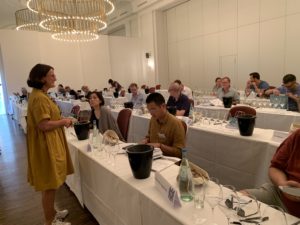
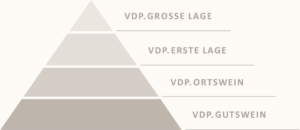
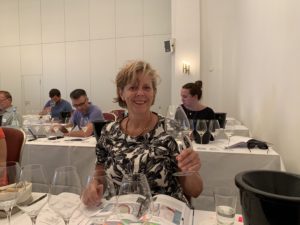

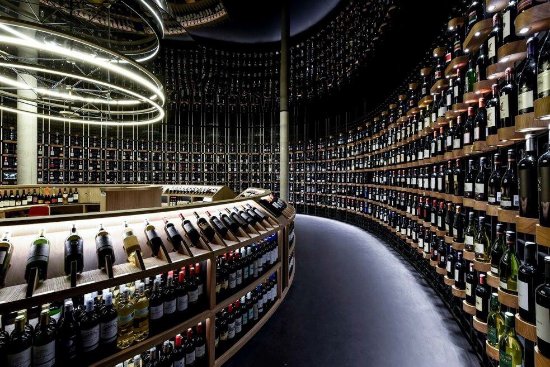
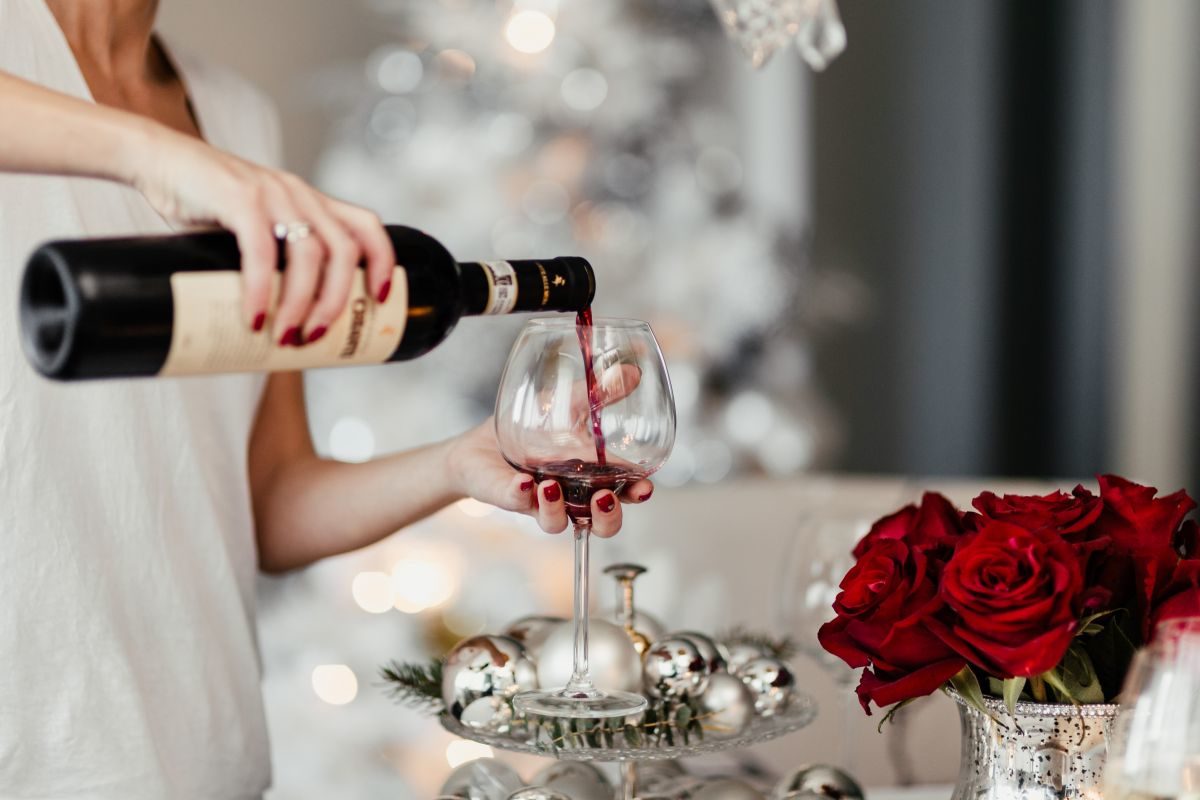
![Exploring the Diversity of the Rheinhessen Wine Region [Part 2 of 3]](https://www.liz-palmer.com/wp-content/uploads/2019/12/IMG_5432-1200x900.jpeg)
